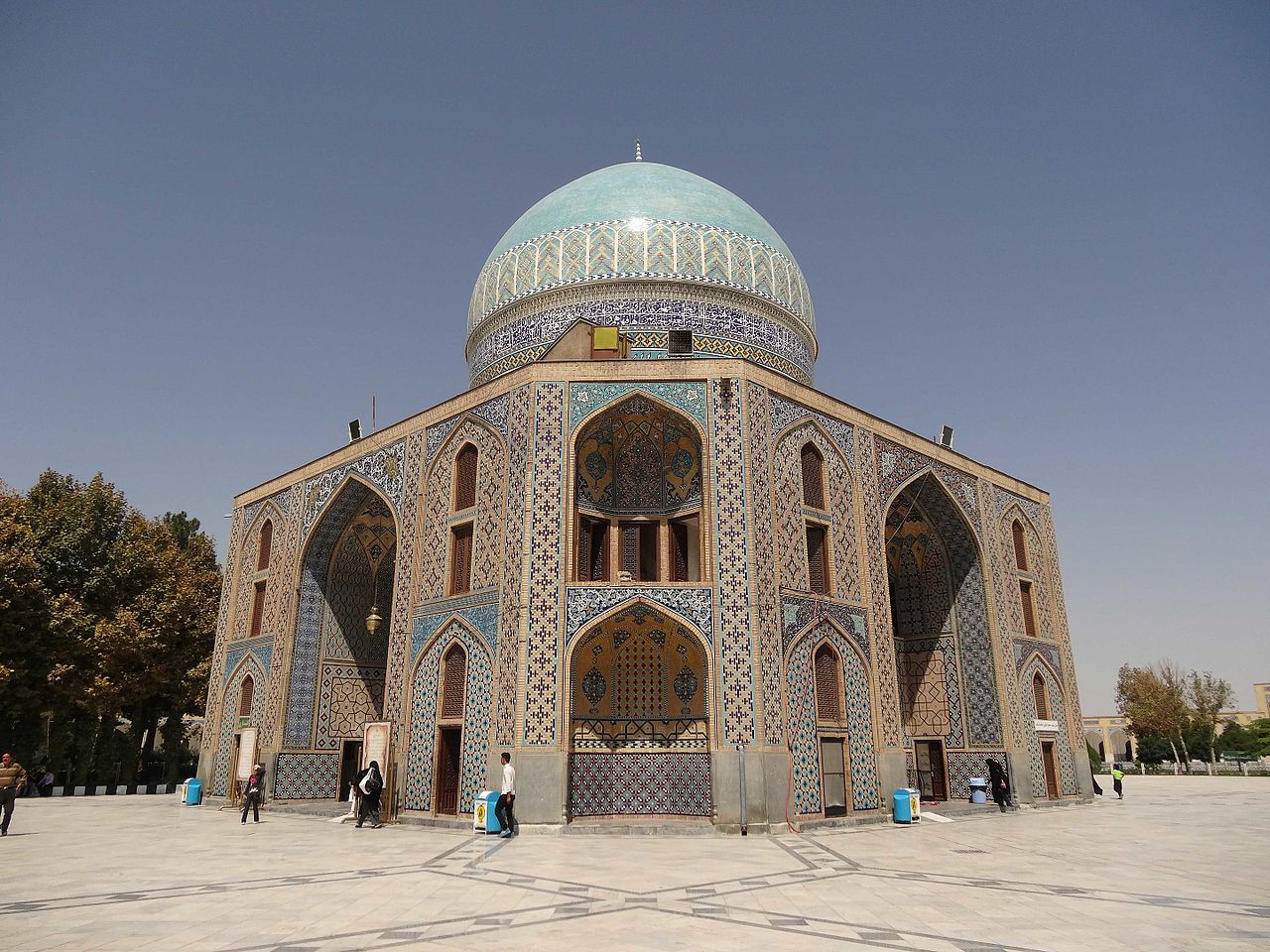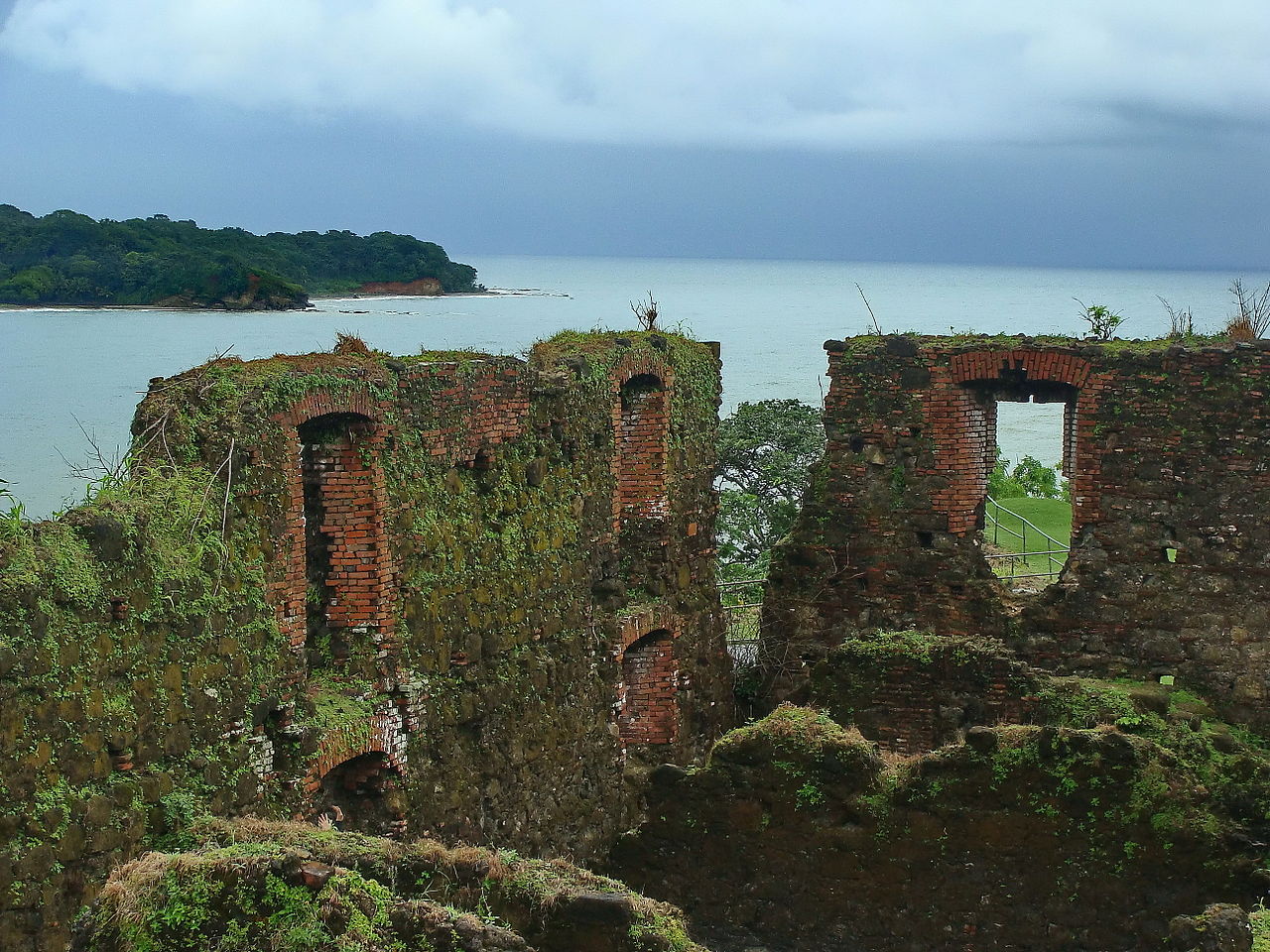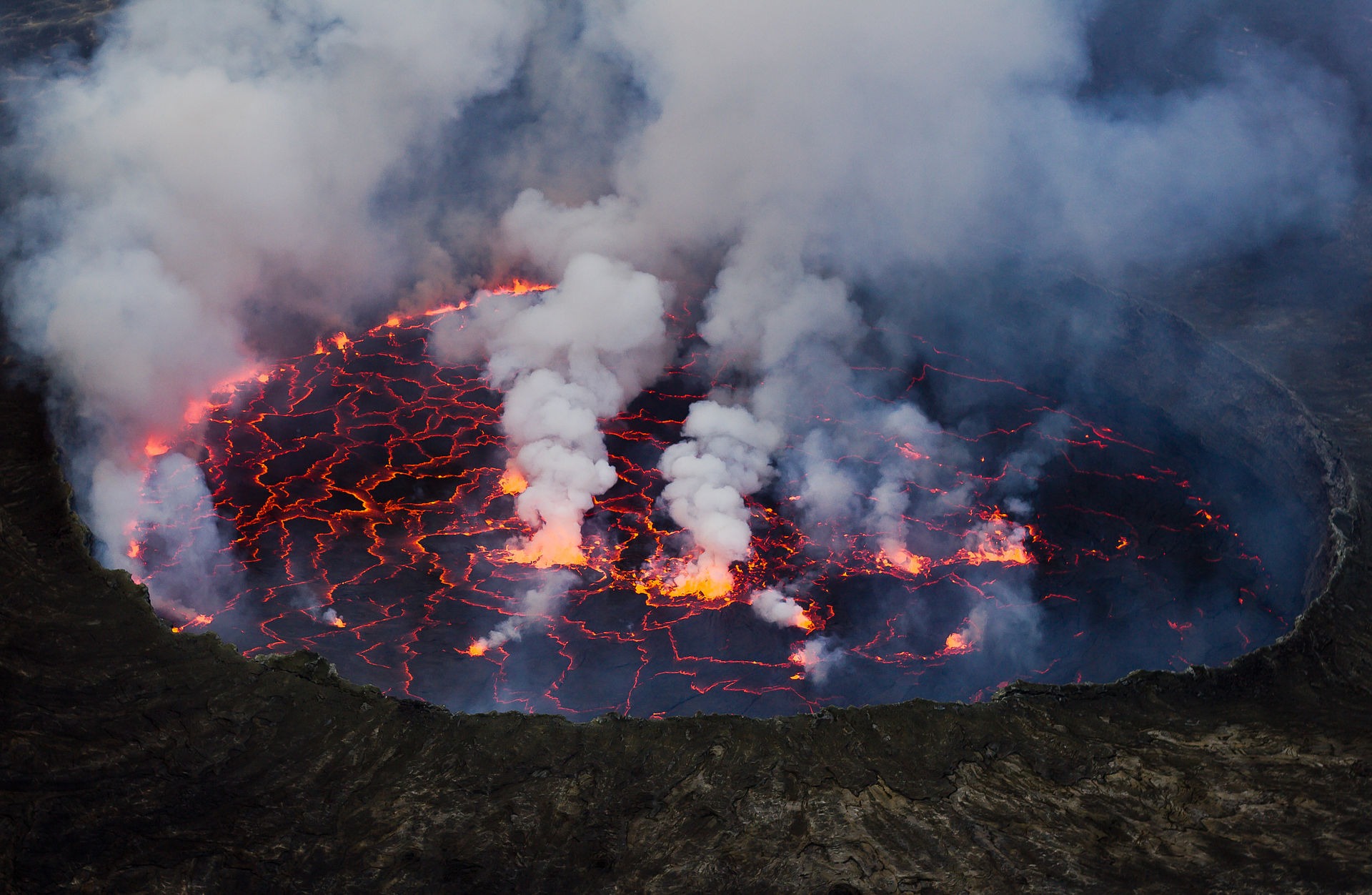World heritage
The World Heritage Committee
The World Heritage Committee decides which new areas are to be inscribed on the World Heritage List. It is also responsible for following up on the convention work. Norway has been elected to the committee for the period 2018–2021.

The World Heritage Committee
The World Heritage Committee consists of 21 states parties/national representatives responsible for:
- implementing the World Heritage Convention
- defining the use of the World Heritage Fund
- allocating financial support based on requests from states parties
- making final decisions on which new areas are to be inscribed on, or removed from, the World Heritage List
- reviewing State of Conservation Reports for the conservation of areas already inscribed and asking states parties to initiate measures in cases where areas are not being managed properly
- assessing the status of World Heritage sites on the List of World Heritage in Danger.
Half of the members of the World Heritage Committee are replaced every two years. Traditionally, one Nordic country has always been a member of the committee. In the last election period, the Nordic countries were represented on the committee by Finland.

Aims for Norway’s work on the World Heritage Committee
Norway’s work shall be in line with/coordinate with Norwegian involvement in UNESCO and other Norwegian foreign and development policy by:
- ensuring that all new inscriptions on the World Heritage List have confirmed outstanding universal value
- contributing to a more geographically and thematically representative World Heritage List
- supporting (through knowledge and financially) World Heritage sites on the List of World Heritage in Danger
- setting a good example in terms of World Heritage management, nationally and internationally
- using experience earned though work on the committee when managing World Heritage sites in Norway.
Membership of the World Heritage Committee also means:
- that Norway has the opportunity to influence how the World Heritage List is managed globally
- that Norway has the power to influence measures adopted and the processes that affect Norway
- that Norway gains knowledge of threats faced by World Heritage sites, for example wars and increased tourism in the World Heritage areas
- that Norway contributes to the follow-up of UNESCO’s strategy for sustainable World Heritage development, nationally and internationally.
New sites on the World Heritage List?
All states parties on the World Heritage Committee may submit nominations to the World Heritage List. However, many members choose not to submit their own nominations for the duration of their time on the committee.
Norway is to follow this line and will thus not be submitting any Norwegian nominations for as long as the country is represented on the World Heritage Committee.

Norway’s representatives
Norway has been elected to the UNESCO World Heritage Committee for a term of four years. Norway is represented by the Ministry of Climate and Environment, the Directorate for Cultural Heritage and the Norwegian Environment Agency. The delegation is led by Hanna Geiran, Director General of the Norwegian Directorate for Cultural Heritage, and Berit Lein, Assistant Director General of the Norwegian Environment Agency.
